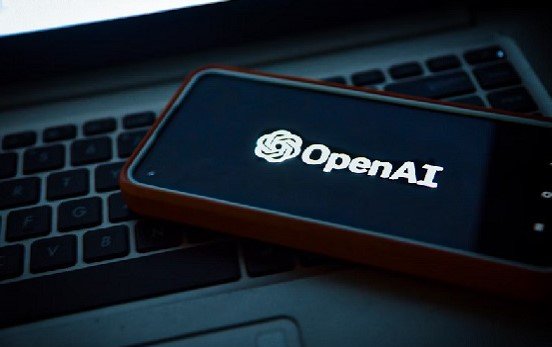OpenAI just pulled off a move that’s sending waves across tech: they’ve brought in Jony Ive, the mastermind behind Apple’s iconic iPhone design, to spearhead their next big hardware project. The deal? A whopping $6.5 billion acquisition of io, the design company Ive co-founded after leaving Apple.
Jony Ive’s Return to the Spotlight — But Not Quite at OpenAI
You might be wondering: Is Ive officially an OpenAI employee now? Nope. Not exactly. While the headlines scream “OpenAI hires iPhone legend,” the reality is a bit more nuanced. Ive’s design firm, LoveFrom, stays independent, continuing to chart its own path. But LoveFrom will take on “deep design and creative responsibilities” across both OpenAI and the newly acquired io. It’s almost like an exclusive partnership, rather than a traditional hiring.
Sam Altman, OpenAI’s CEO, and Ive have been quietly working behind the scenes since 2023. This collaboration brewed into something bigger, leading to this acquisition. Together, they decided the bold ambitions to engineer and build fresh AI-driven hardware called for a brand-new company — io.
The $6.5 Billion Play: Why Hardware Matters to OpenAI Now
OpenAI is best known for ChatGPT and AI software, but hardware is where the rubber meets the road. Think about it: the iPhone didn’t just revolutionize software apps; it completely rewrote what a phone should look and feel like. Apple’s secret sauce was making powerful technology feel sleek and simple in your hand.
Now, OpenAI wants a slice of that magic. They’re betting big that bringing in a design genius like Ive can push AI hardware beyond the usual chunky server racks and clunky setups. Imagine AI tools designed not just for power, but for elegance and user-friendliness — gear that could become part of everyday life, not just hidden in data centers.

The $6.5 billion price tag tells you this isn’t a casual side project. It’s a major strategic pivot, aiming to combine OpenAI’s cutting-edge AI with game-changing hardware design. It might signal the next leap in how AI integrates with the physical world, in ways we’ve only glimpsed so far.
A New Chapter for Jony Ive and LoveFrom
For Ive, this is a fascinating new chapter. After shaping the look and feel of Apple devices for over 20 years, stepping into AI hardware is a fresh canvas. Since leaving Apple in 2019, his design house, LoveFrom, has been involved in a mix of projects — from luxury watches to custom architecture — but AI hardware is next-level stuff.
The open letter from Altman and Ive highlights a shared vision. They want to craft “a new family of products” that demands new ways of thinking about design, engineering, and manufacturing. It’s clear that both see AI hardware not just as tech gear, but as something that can shape culture and daily life.
Interestingly, the io team includes key figures like Scott Cannon, Evans Hankey, and Tang Tan, all bringing deep engineering chops. It’s a powerhouse blend of design flair and tech muscle — exactly what you’d want for a venture this ambitious.
What This Means for the AI Industry and Beyond
OpenAI’s move could shake up the AI ecosystem. So far, AI hardware has mostly been the domain of big chip makers like Nvidia and Intel, or cloud giants like Microsoft and Google. Now, a startup with a superstar designer in tow is aiming to carve out its own niche.
Some potential outcomes to watch for:
-
Sleeker, more accessible AI devices for consumers and businesses.
-
Hardware that’s more intuitive and aesthetically appealing.
-
Possibly new categories of AI-powered gadgets we haven’t imagined yet.
Here’s a simple table comparing some key players in AI hardware and their design emphasis:
| Company | AI Focus | Design Approach | Notable Hardware |
|---|---|---|---|
| OpenAI/io | AI hardware + software | Human-centric, design-led | In development |
| Nvidia | AI chips, GPUs | Function over form | DGX systems, GPUs |
| Cloud AI hardware | Practical, scalable | TPU chips, servers | |
| Apple | Consumer devices + AI | Sleek, user-friendly | iPhone, M1/M2 chips |
OpenAI’s bet is that adding Ive’s design philosophy will change the “function over form” stereotype in AI hardware.
This deal shines a spotlight on how AI is no longer just a software game. The future is about blending brains and beauty—hardware and software—into tools that feel natural and powerful.
So, will OpenAI and Ive’s partnership produce the next “iPhone moment” for AI? Only time will tell. But one thing’s for sure: the race to make AI hardware that people actually want to use just got a lot more interesting.








